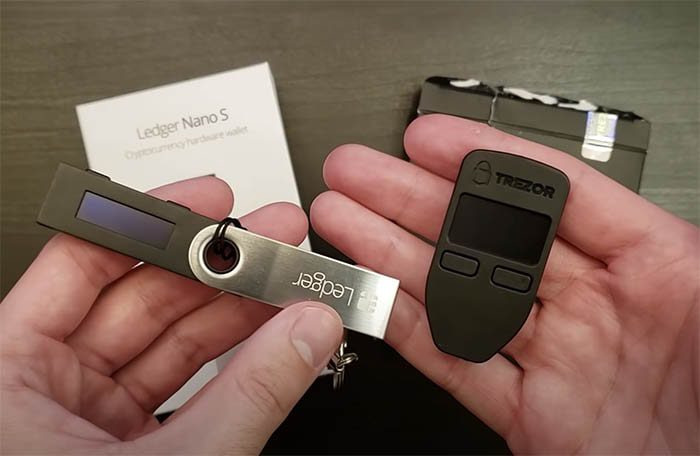The demand for dependable and secure storage options is rising along with the cryptocurrency business. For serious cryptocurrency users who wish to keep their private keys offline and safe from online attacks, hardware wallets continue to be the best option. The two most reputable names in the game among the top choices are **Trezor** and **Ledger**. In 2025, however, which one provides superior features and security? Let’s dissect it.
Security: Two Reliable Methods
The most crucial consideration when selecting a hardware wallet is security, and both Trezor and Ledger have robust systems in place, however they approach the problem differently.
The **Secure Element (SE) chip** used by **Ledger** provides an additional degree of defense against side-channel attacks and physical tampering. Because this chip is comparable to that found in passports and credit cards, Ledger is incredibly resistant to hardware-based attacks. Ledger’s firmware is **not fully open-source**, though, which worries consumers who value openness.
On the other hand, **Trezor** is fully **open-source**. This implies that anybody in the community can examine, test, and enhance its hardware and software. Despite not using a Secure Element chip, it has a solid security record supported by openness and community confidence.
**Security Winner:** Depending on your tastes. If you want the highest level of physical security, **Ledger** is the best option. If open-source transparency is your top priority, **Trezor** is preferable.
Functionality and User Experience
Although there are some significant variations, both wallets provide a seamless user experience.
The **touchscreen interface** of the **Trezor Model T** makes it simple to input PINs, access menus, and verify transactions without the need for additional devices. It has an easy-to-follow setup procedure and is suitable for beginners.
In contrast, the **Ledger Nano X** features a **small screen with side buttons** but works in unison with the **Ledger Live app**, one of the most complete crypto management platforms on the market. Using a single interface, Ledger Live enables users to purchase, sell, stake, and exchange assets.
Although Trezor’s **Trezor Suite** application is secure and useful, it does not have all of the wider integrations that Ledger Live offers. Trezor frequently necessitates third-party wallet connections for specific tokens and DeFi systems.
**Features Winner:** **Trezor** wins for its simple on-device usage, while **Ledger** leads with a superior all-in-one app.
Support for Assets
Major cryptocurrencies including Bitcoin, Ethereum, Solana, and thousands of ERC-20 tokens are supported by both wallets. However, a greater range of coins, including some obscure or recently introduced tokens, are supported by **Ledger**.
Additionally, Ledger provides better connection with decentralized finance (DeFi) apps and native NFT compatibility, which gives it an advantage for those involved in Web3 activities.
**Asset Support Winner: **Ledger**
The final judgment
Both **Trezor** and **Ledger** are great options for protecting your digital assets in 2025. **Trezor** is the best option if you desire complete transparency, a touchscreen interface, and an open-source environment. **Ledger** is the best option if you want more comprehensive asset support, enhanced physical security, and a single app experience.
In the end, your needs and preferences will determine the best option. In any case, you’re purchasing one of the most reliable hardware wallets on the market right now.

Leave a Reply